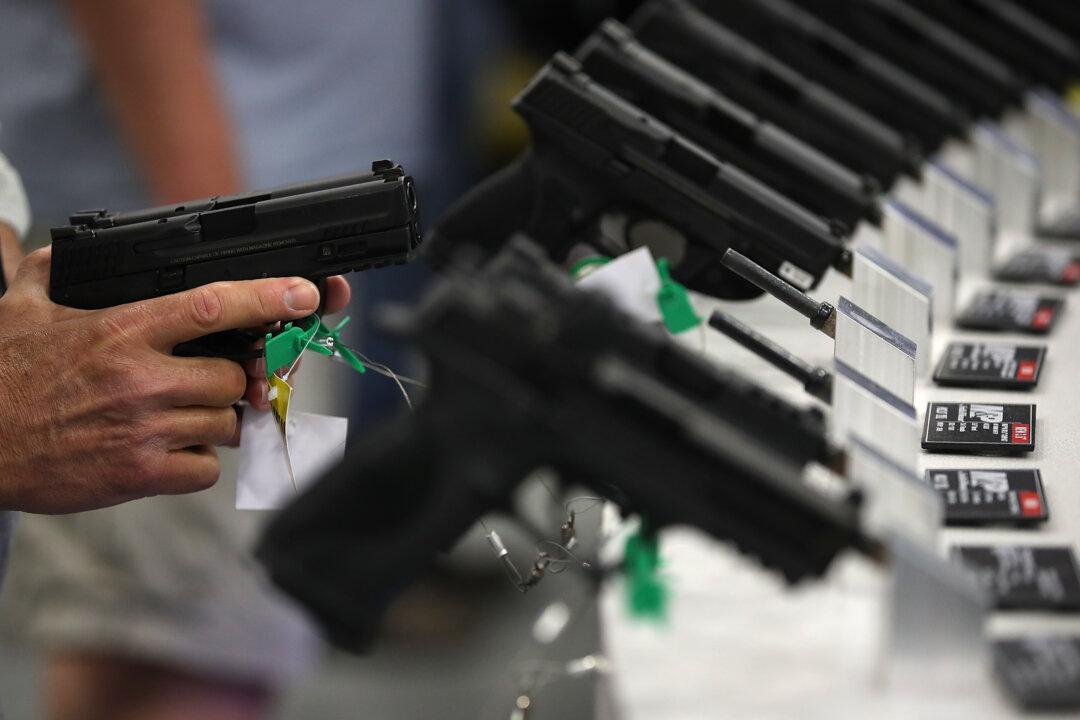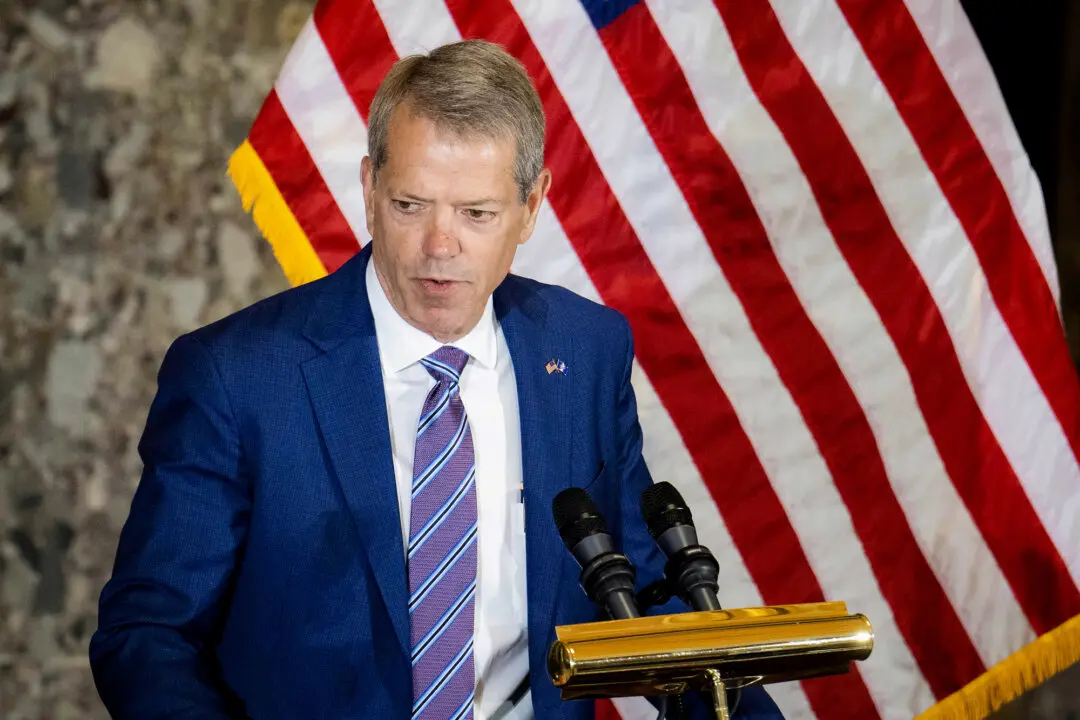The Justice Department (DOJ) has announced a new rule targeting pistol attachments known as “stabilizing braces,” the latest step in implementing President Joe Biden’s desire to see tighter gun control.
DOJ said in a press release on Jan. 13 that it has submitted the final rule to the Federal Register, formalizing the regulation that Biden pushed for in April 2020 after it was found that a shooter who killed 10 people at a grocery store in Boulder, Colorado, used a stabilizing brace.





